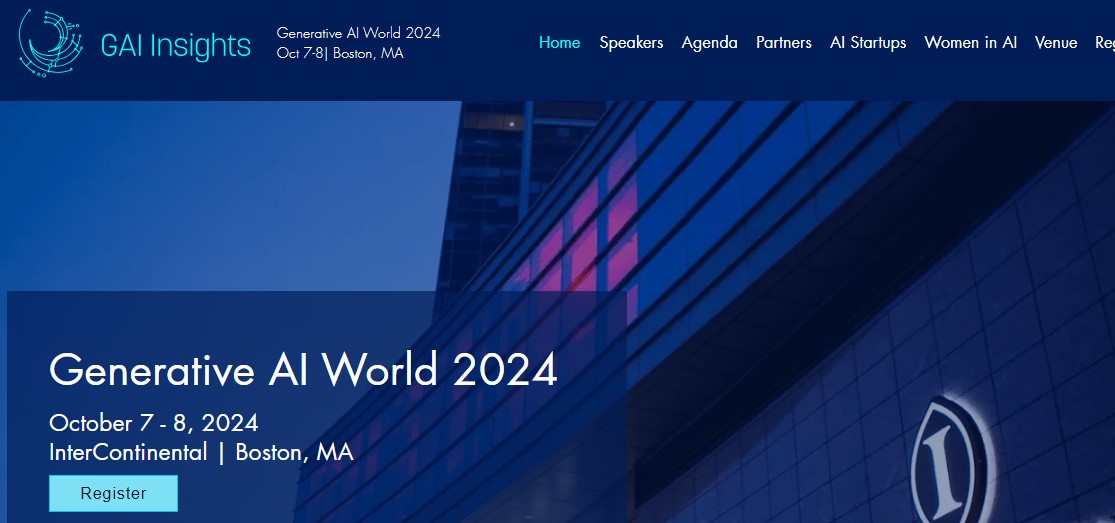In the rapidly evolving world of artificial intelligence, Best Large Language Models (LLMs) have emerged as powerful tools for a wide array of applications. From automating customer service to generating human-like text, these models have revolutionized how businesses operate. However, with numerous LLMs available, choosing the best one for your corporate needs can be daunting. This guide aims to provide an overview of what makes an LLM the best and offer a comprehensive buyers' guide for corporate users.
Understanding Large Language Models
Large Language Models are advanced AI systems designed to understand and generate human-like text. They are built on neural networks, trained on vast amounts of text data to predict and produce coherent and contextually relevant text. Examples include OpenAI's GPT-4, Google's BERT, and Microsoft's Turing-NLG.
Criteria for the Best LLM
When determining the best LLM, several key factors come into play:
- Accuracy and Performance: The model's ability to generate accurate and contextually relevant responses is paramount. This includes understanding nuances, idioms, and domain-specific language.
- Scalability: For corporate use, the ability to scale operations without compromising performance is crucial. The best LLM should handle high volumes of data and user interactions efficiently.
- Customization: Corporations often require models tailored to their specific needs. The ability to fine-tune an LLM for industry-specific jargon and tasks can significantly enhance its utility.
- Integration: Seamless integration with existing systems and workflows is essential. The best LLM should offer robust APIs and support for various programming languages and platforms.
- Cost-Effectiveness: While performance is critical, the cost of deploying and maintaining an LLM should be justifiable. An ideal model balances cost with benefits.
- Ethical Considerations: Ensuring the model adheres to ethical guidelines, including data privacy, bias mitigation, and responsible AI use, is increasingly important.
Top Large Language Models in the Market
- GPT-4 by OpenAI: Known for its exceptional performance in generating human-like text, GPT-4 is versatile and widely adopted across industries. Its ability to handle complex queries and generate creative content makes it a top choice.
- BERT by Google: BERT excels in understanding context and nuances, making it ideal for tasks like sentiment analysis and natural language understanding. Its integration with Google services enhances its appeal for enterprises.
- Turing-NLG by Microsoft: Turing-NLG is notable for its scalability and integration capabilities with Microsoft's ecosystem. It's particularly strong in generating detailed and accurate content.
- XLNet by Google: XLNet is designed to outperform traditional LLMs by leveraging bidirectional context, making it highly effective for language understanding tasks.
- Megatron-Turing NLG by NVIDIA and Microsoft: This model is one of the largest and most powerful, offering unprecedented accuracy and performance, especially in complex tasks.
Corporate Buyers Guide to LLMs
Choosing the right LLM for corporate use involves several steps:
- Identify Use Cases: Determine the specific applications for which the LLM will be used, such as customer support, content generation, or data analysis. Understanding the use case helps in selecting a model that aligns with your needs.
- Evaluate Model Performance: Compare the performance of various models based on benchmarks relevant to your industry. Look for models that excel in your identified use cases.
- Consider Customization Needs: Assess whether the model can be fine-tuned to meet your specific requirements. Customization capabilities can significantly enhance the model's effectiveness.
- Integration with Existing Systems: Ensure the LLM can integrate seamlessly with your current IT infrastructure. Compatibility with existing tools and platforms is critical for smooth deployment.
- Budget and Cost Analysis: Evaluate the cost of deployment, including licensing fees, maintenance, and potential infrastructure upgrades. Compare this with the expected ROI to ensure the investment is worthwhile.
- Ethical and Legal Considerations: Ensure the chosen model adheres to ethical guidelines and complies with relevant data privacy regulations. Address potential issues related to bias and fairness.
- Vendor Support and Community: Consider the level of support provided by the vendor and the strength of the user community. Active communities and robust support can be invaluable for troubleshooting and optimizing the model.
Conclusion
Selecting the best LLM for corporate use is a critical decision that can significantly impact your business operations. By understanding the key criteria and following a structured evaluation process, you can identify the model that best meets your needs. Whether it's GPT-4's versatility, BERT's contextual understanding, or Turing-NLG's scalability, the right LLM can transform how your organization handles language-related tasks, driving efficiency and innovation.
For more Info:-
Artificial intelligence industry event





Comments